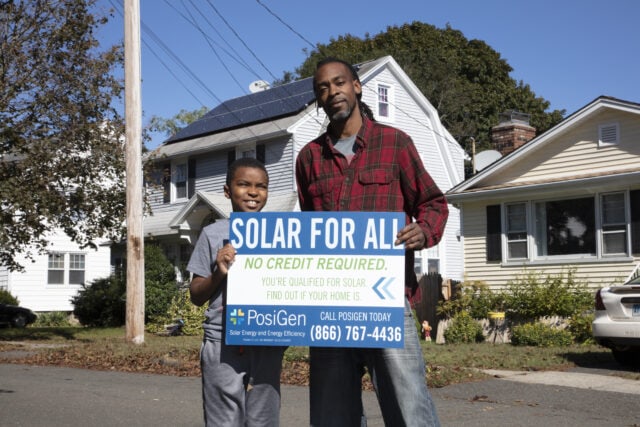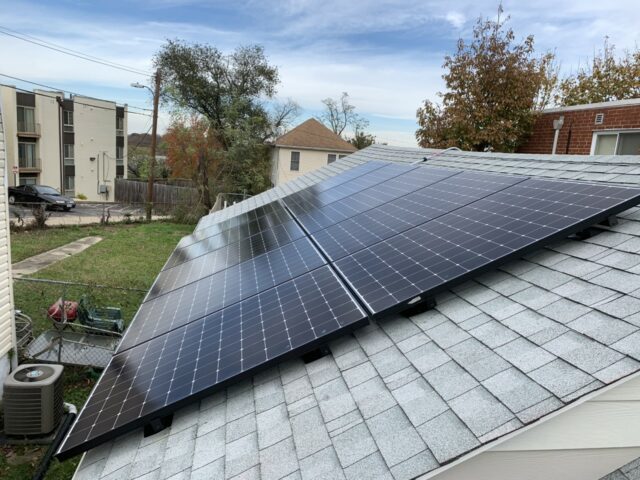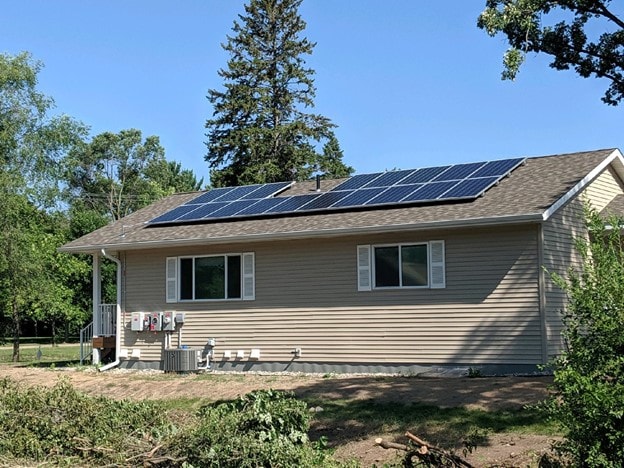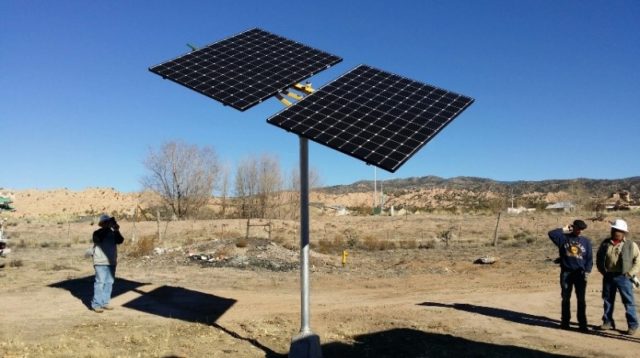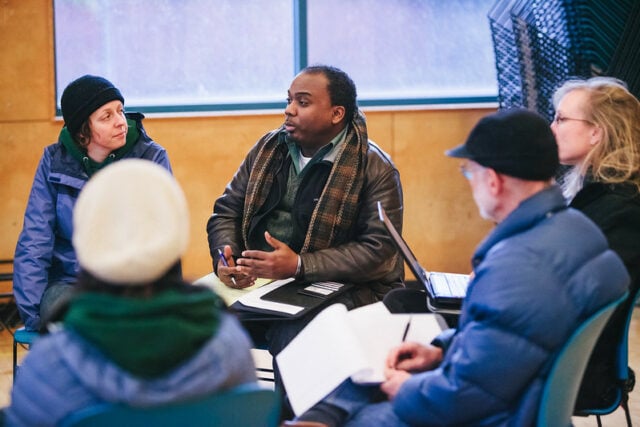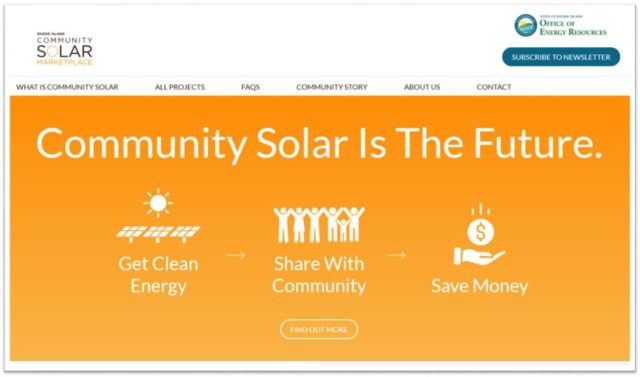Expanding Access to Solar for Low-to-Moderate Income Households and Communities: Lessons Learned for State Agencies
Abbe Ramanan | Clean Energy States Alliance
From 2017 to 2020, Connecticut, Minnesota, New Mexico, Oregon, Rhode Island, and the District of Columbia worked with CESA to develop and implement innovative strategies for expanding access to solar for low-to-moderate income (LMI) households and communities.
An original objective of this State Energy Strategies project was to expand market penetration of solar PV among LMI residents and communities, and this objective was certainly met. Over 30,000 LMI households have received or will receive the benefits of LMI solar. In addition, the work of the project team yielded a deeper understanding of the unique challenges of LMI solar and of ways to meet those challenges.
The differences in implementation across the participating states point to the many diverse routes available for implementing LMI solar. The experiences of those states provide useful guidelines for other states and indicate the need to continue growing the knowledge base around LMI solar policy.
This webpage has been published to share some of the lessons learned. We also provide links to case studies, reports, webinars, and other products developed over the life of the project. We believe that the insights and links included here can be of use to states across the country and to many other stakeholders interested in LMI solar.
This material is based upon work supported by the U.S. Department of Energy, Office of Energy Efficiency and Renewable Energy (EERE), specifically the Solar Energy Technologies Office.
Resource Details:
Date: April 20, 2021
Type: Report
Topic(s): Low- and Moderate-Income Clean Energy
Share this resource:
Associated Project(s):
GENERAL LESSONS LEARNED
LMI Solar Is Complicated
Even when there is strong commitment on the part of a state agency to advance LMI solar, progress can be slow. The project team understood upfront that it is difficult to implement LMI solar, especially in ways that provide meaningful economic benefits for LMI households. However, the obstacles turned out to be even more numerous and difficult to overcome than expected. Each obstacle requires a well-planned strategy and concerted effort.
For example, the project team initially assumed that shared solar projects with subscribers (often called “community solar” by the solar industry) would be a relatively easy way to bring solar to large numbers of LMI households. However, there were more obstacles than expected to include LMI subscribers in community solar projects and there were serious consumer protection issues that needed to be addressed. To take an example of another obstacle, because of previous predatory practices in LMI communities (mostly having to do with competitive electricity suppliers rather than with solar), there was considerable community distrust that needed to be overcome. Regulatory changes in one of the states also posed problems. The multiple obstacles meant that the states needed to proceed carefully and deliberately when developing their plans. The planning phase of the project therefore took longer than expected, but it set up a foundation for long-term success.
Different Submarkets Need Different Strategies
The LMI market is diverse, and a single program will not reach or impact all segments of that market in the same way. A solar program is unlikely to be able to serve both LMI homeowners and renters equally, or benefit community institutions and individual households to the same degree. State solar programs will generally be most successful if they explicitly target specific market segment(s) and are tailored to the needs of that audience.
Community Engagement is Essential
The project team learned that it was especially valuable to engage and work upfront with representatives of community-based organizations (CBOs) that understand the needs of LMI households in their state. This helped ensure that the strategies developed by the participating states would be well received. For case studies of states’ work with CBOs and general recommendations, see a report produced for this project: Community Outreach and Solar Equity: A Guide for States on Collaborating with Community-Based Organizations. Because of the importance of this topic, CESA is embarking, with DOE support, on a new initiative that will work with state energy agencies and CBOs so that they are better able to share the knowledge and information that is needed for solar to be developed efficiently, equitably, and cost-effectively in LMI communities. Read more about this initiative on the Solar with Justice webpage.
Successful Programs Often Require Cooperation among Multiple State Agencies and Programs
Several states found success through coordinating working groups which included multiple state agencies. For example, the District of Columbia’s Department of Energy and Environment (DOEE) engaged partners in an LMI solar working group which included the District Department of Consumer and Regulatory Affairs (DCRA), District of Columbia Housing Authority (DCHA), and the Office of People’s Counsel, among others. Working groups allowed for greater information sharing and effort coordination.
Good Data Is Key
Lawrence Berkeley National Lab and the National Renewable Energy Laboratory provided valuable information to the states on income trends among residential PV adopters and community solar pricing models. In addition, most of the states collected data that significantly influenced the design and implementation of their strategies. See, for example, the discussions by Connecticut, DC, and Minnesota.
Different States Need Different Strategies
States vary in several ways: their LMI populations live in different mixes of housing; the electricity system in structured in different ways; electricity prices vary; the solar industry is in a different state of development; and solar policy varies. All these and other factors require a state to develop and implement an individualized strategy.

